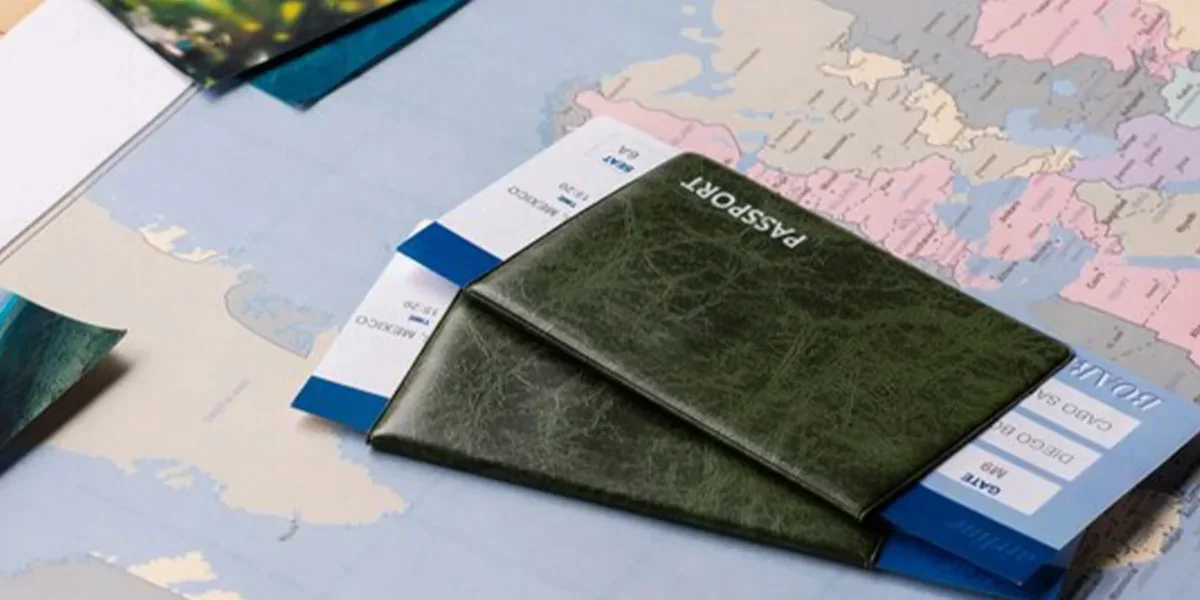
By, Gokite Tour
- 1.1k Views
- 5 Min Read
- (0) Comment
Different Types of Croatia Travel Visas Explained
Croatia, located in southeastern Europe along the stunning Adriatic coast, is a country that effortlessly combines historical charm with natural beauty. From the ancient city walls of Dubrovnik to the pristine lakes of Plitvice National Park, Croatia attracts millions of tourists, students, and business travelers every year. Whether you are visiting for leisure, study, or work, understanding the various Types of Croatia Travel Visas options is essential to plan your trip successfully.
In this guide, we will explain the Types of Croatia Travel Visas to Croatia, helping you choose the one that suits your purpose of visit. We’ll also answer common questions like “Which Croatia visa is easiest to get?” and “How many visa types are there in the Croatia?”. Read on for a detailed overview of Croatia’s visa system and everything you need to know before you apply.
Types of Travel Visa to Croatia
When planning your trip, it’s important to know that Croatia issues different visas depending on the purpose and length of your stay. Here are the Types of Croatia Travel Visas you should be aware of:
1. Short-Term Visa (C Visa)
This is the most popular visa type for tourists and short-term visitors. The Short-Term Visa, also known as the “Schengen-type” C Visa, allows travelers to stay in Croatia for up to 90 days within a 180-day period. It is intended for:
- Tourism
- Business meetings
- Family or friend visits
- Cultural or sporting events
Which Croatia visa is easiest to get? — For most tourists and business travelers, the C Visa is the easiest and most commonly issued visa.
2. Long-Term Visa (D Visa)
The Long-Term Visa, or National D Visa, is granted for stays exceeding 90 days and up to one year. It is intended for:
- Work and employment
- Study and academic research
- Family reunification
- Long-term personal or professional stays
Applicants for the D Visa often need prior approval from Croatian authorities, and this visa typically leads to obtaining a residence permit.
3. Transit Visa (A Visa)
The Transit Visa (A Visa) is for travelers who are passing through the international transit area of a Croatian airport on their way to a third country. It does not allow entry into Croatia’s territory.
This visa is required only for nationals of certain countries who are transiting through Croatia, so it is less common compared to C and D visas.
4. Work Visa
Technically a category of the D Visa, the Work Visa is required for foreign nationals who intend to work in Croatia. Applicants must first secure a work contract or job offer from a Croatian employer, who then applies for the necessary approvals from the Ministry of Interior.
5. Study Visa
The Study Visa is another type of D Visa designed for international students enrolled in Croatian universities or educational programs. It allows foreign students to stay in Croatia for the duration of their studies.
6. Family Reunification Visa
This type of D Visa is for foreign nationals wishing to join family members who legally reside in Croatia. The applicant needs to prove the family relationship (e.g., spouse, child, parent) and demonstrate financial means to support themselves.
7. Digital Nomad Visa
Introduced in 2021, Croatia’s Digital Nomad Visa allows remote workers from non-EU countries to live and work in Croatia for up to one year. Applicants must show that they are employed by a foreign company or self-employed and working remotely.
How Many Visa Types Are There in the Croatia?
If you are wondering “How many visa types are there in the Croatia?”, the answer is: broadly, there are three main visa categories:
- Short-Term Visa (C Visa)
- Long-Term Visa (D Visa) — which includes Work, Study, Family Reunification, and Digital Nomad Visas
- Transit Visa (A Visa)
Each of these categories is further customized to suit different traveler profiles, depending on your reason for visiting Croatia.
FAQs
Q1: Which Croatia visa is easiest to get?
The Short-Term (C) Visa is generally the easiest to obtain, especially for tourists and those attending business meetings. It requires minimal documentation compared to long-term visas.
Q2: How long does it take to process a Croatia visa?
Processing times vary, but short-term C visas typically take about 15-30 days. Long-term D visas may take several weeks or even a few months.
Q3: Can I extend my Croatian visa while in the country?
Extensions are possible for certain circumstances (such as unforeseen events or personal emergencies), but generally, you should apply for the correct visa duration from the start.
Q4: Is Croatia part of the Schengen Zone?
As of January 1, 2023, Croatia has joined the Schengen Area. This means holders of a Schengen Visa can also travel to Croatia without requiring a separate Croatian visa.
Q5: Do I need a visa if I am from an EU country?
No, EU citizens can enter Croatia freely for short or long stays without a visa.
Q6: How many visa types are there in the Croatia for
digital nomads?
Digital nomads can apply for the Digital Nomad Visa, which is a type of Long-Term D Visa.
Most Popular International Visas for Omanis
Albania Visa | Argentina Visa | Australia Visa | Austria Visa | Azerbaijan visa | Bahamas Visa | Bahrain visa | Bangladesh visa | Bosnia Visa | Brazil Visa | Brunei Visa | Cambodia visa | Cameroon visa | Canada Visa | Chile visa | China Visa | Colombia Visa | Croatia Visa | Cyprus visa | Czech republic visa
How to Apply visa for other countries
Denmark visa | Egypt visa | Ethiopia Visa | France visa | Germany visa | Greece visa | Hong Kong Visa | Hungary visa | India visa | Indonesia Visa | Ireland visa | Italy Visa | Japan visa | Jordan visa | Kazakhstan visa | Kenya visa | Kuwait Visa | Madagascar visa | Malaysia visa | Malta Visa
Recommended Read: Complete Visa Information for Croatia Travellers





Leave a comment:
You must be logged in to post a comment.